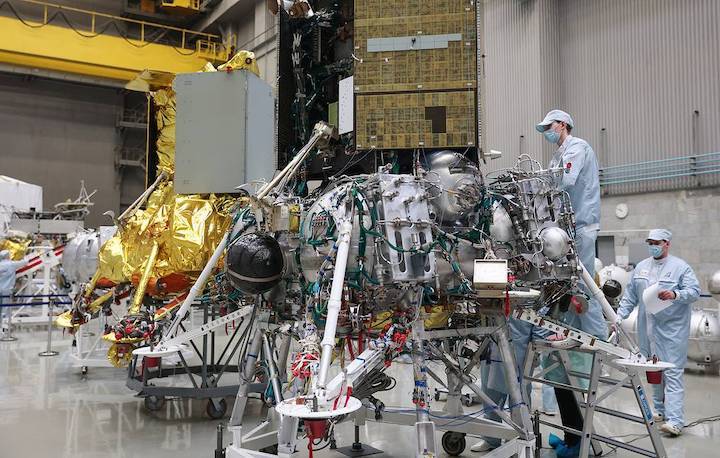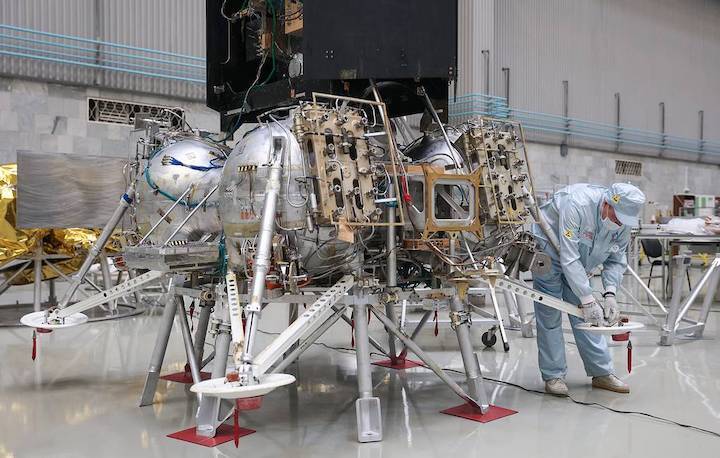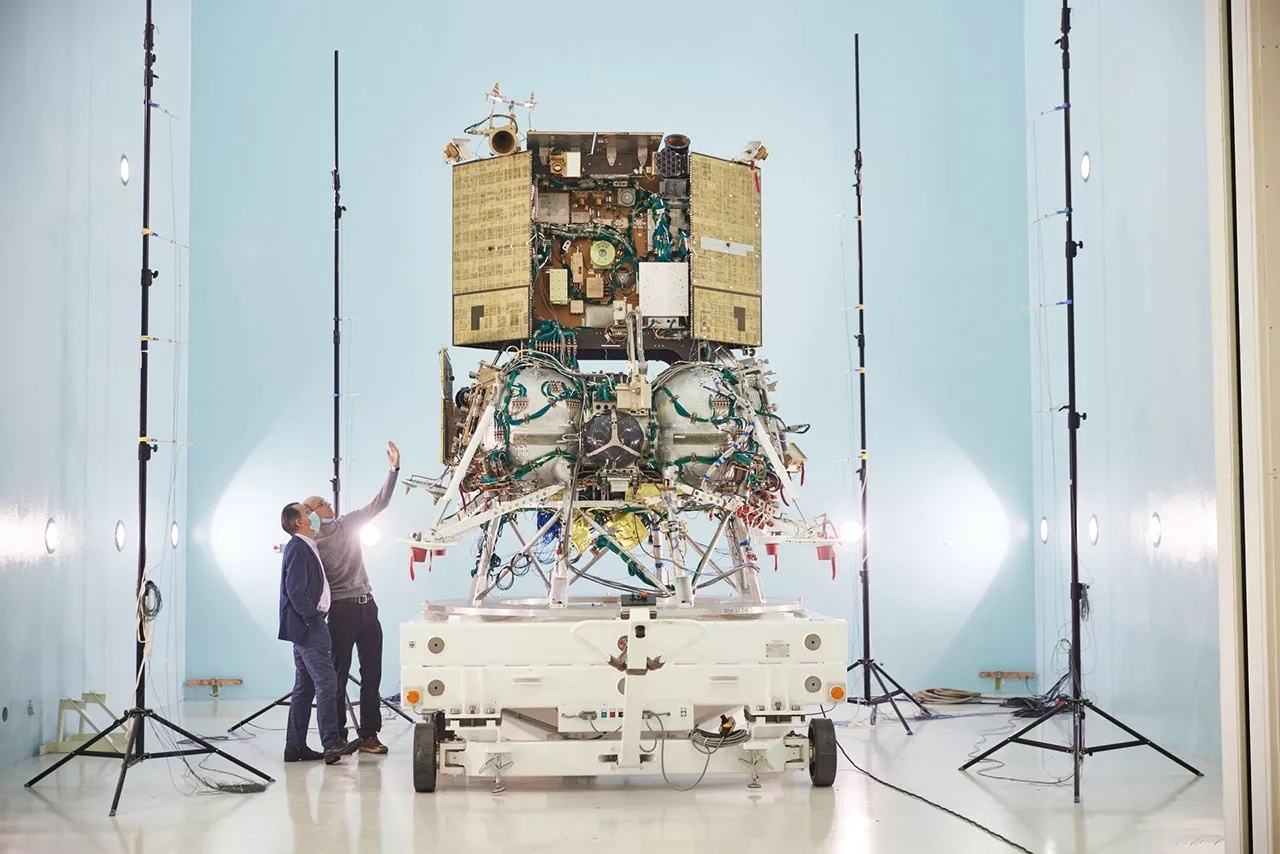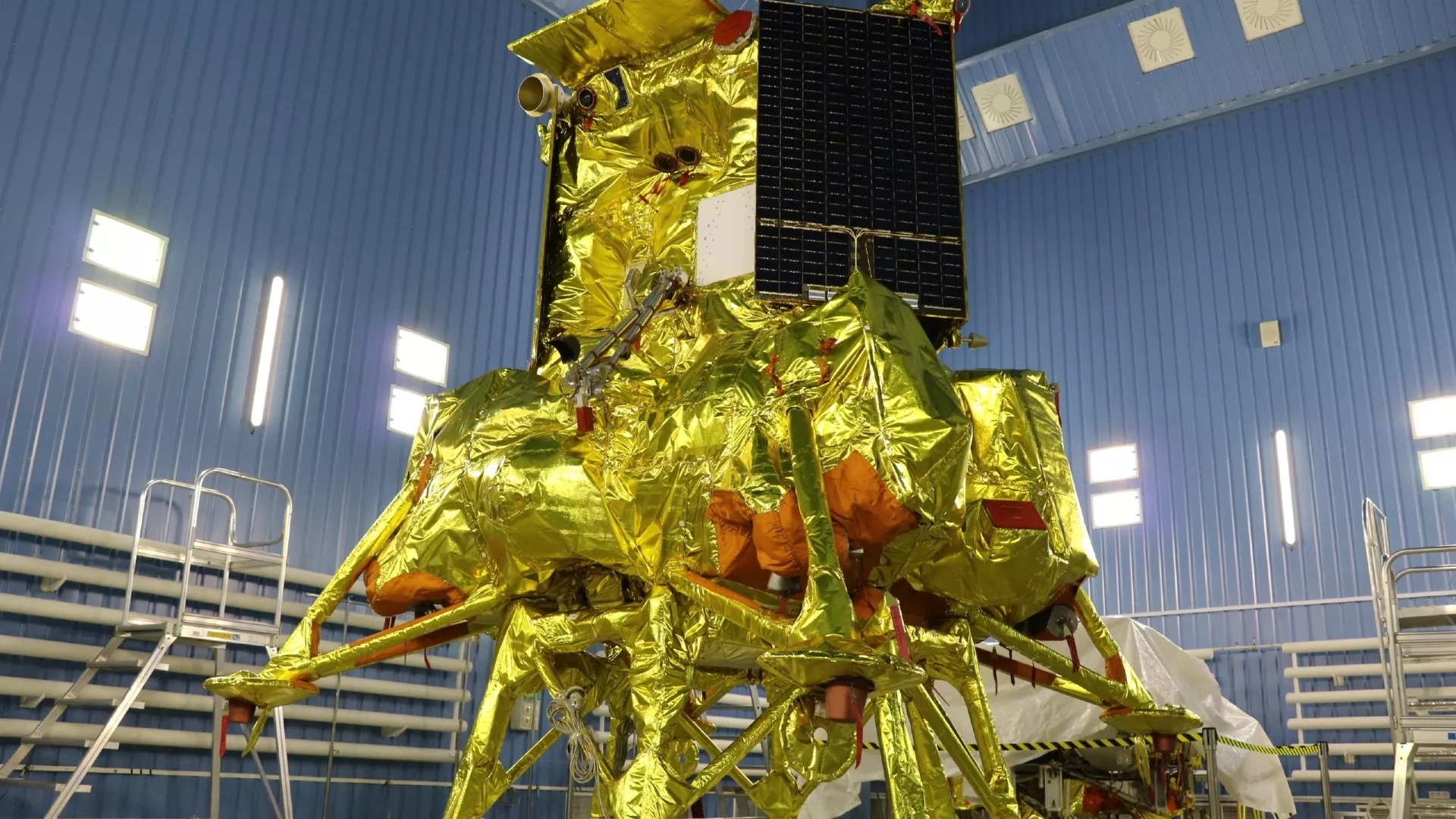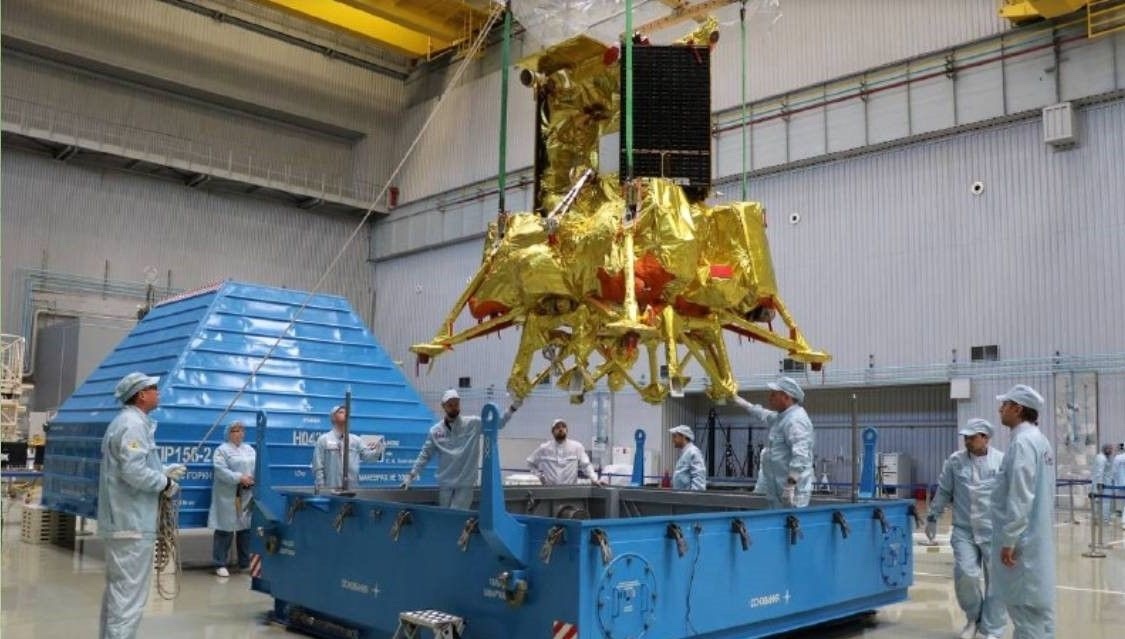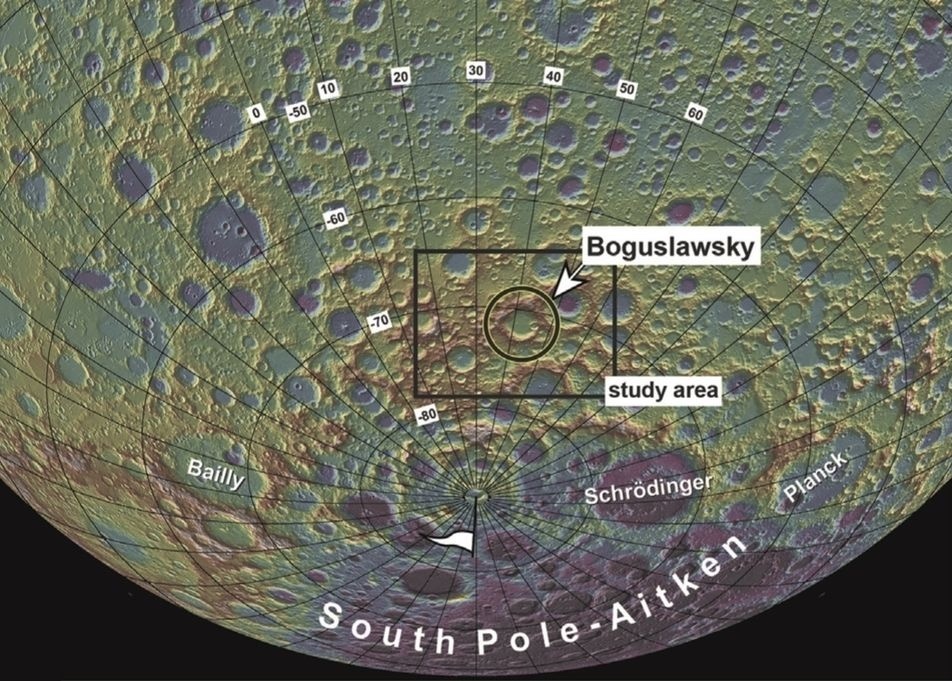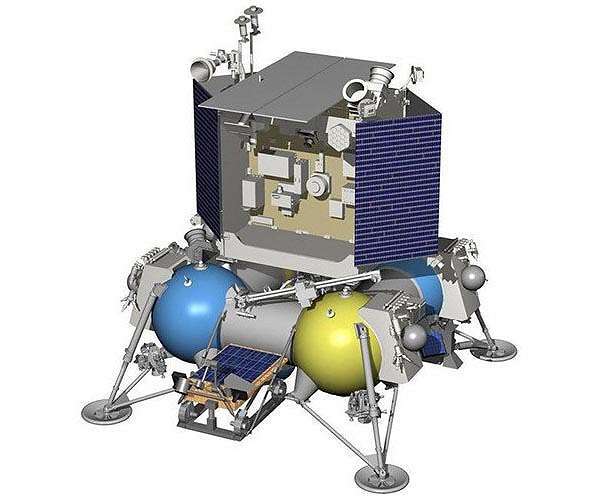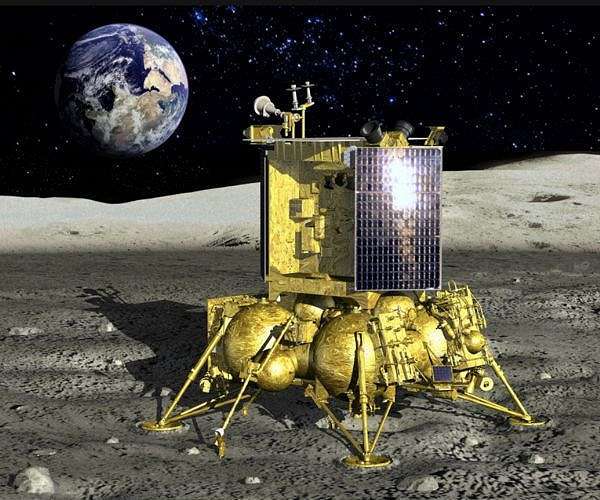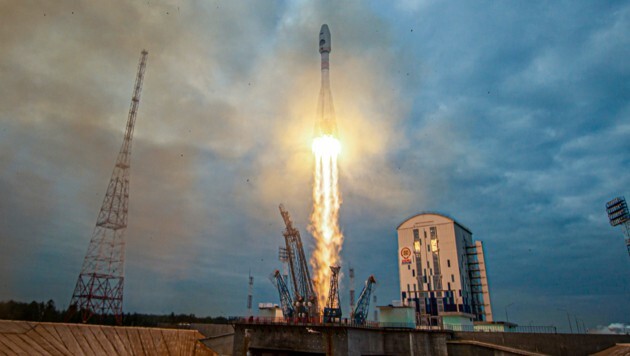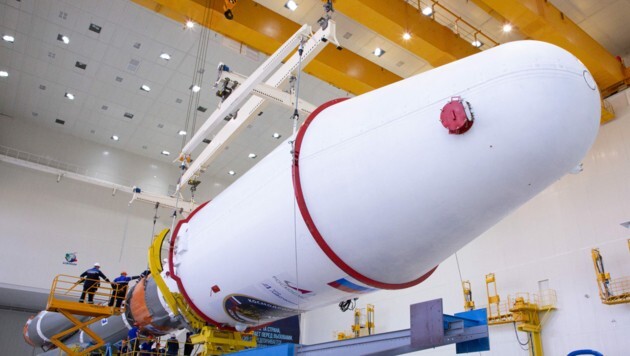The Luna-25 automatic station will be launched in July, while the Russian-European ExoMars mission - in September 2022, Head of Roscosmos Dmitry Rogozin told the Channel One Russia.
"Next year, in July, we are planning a mission to the Moon (Luna-25). <...> And a nine-month mission to Mars (ExoMars) is scheduled on September," Rogozin said.
Earlier, the Roscosmos’ press service reported that the launch of Luna-25 was postponed from October 2021 to May 2022. Rogozin noted that the launch window opened in May and ended in October.
The automatic station will become Russia’s first domestic device on a natural satellite of the Earth. The Luna-26 mission is to be launched in 2024, Luna-27 - in 2025, and Luna-28 - in 2027-2028.
The start of the second half of the ExoMars mission was scheduled for 2018, however, it was postponed to 2020 and 2022. The Proton-M launch vehicle with the Briz-M upper stage are likely to be used for the launch from the Baikonur Cosmodrome.


